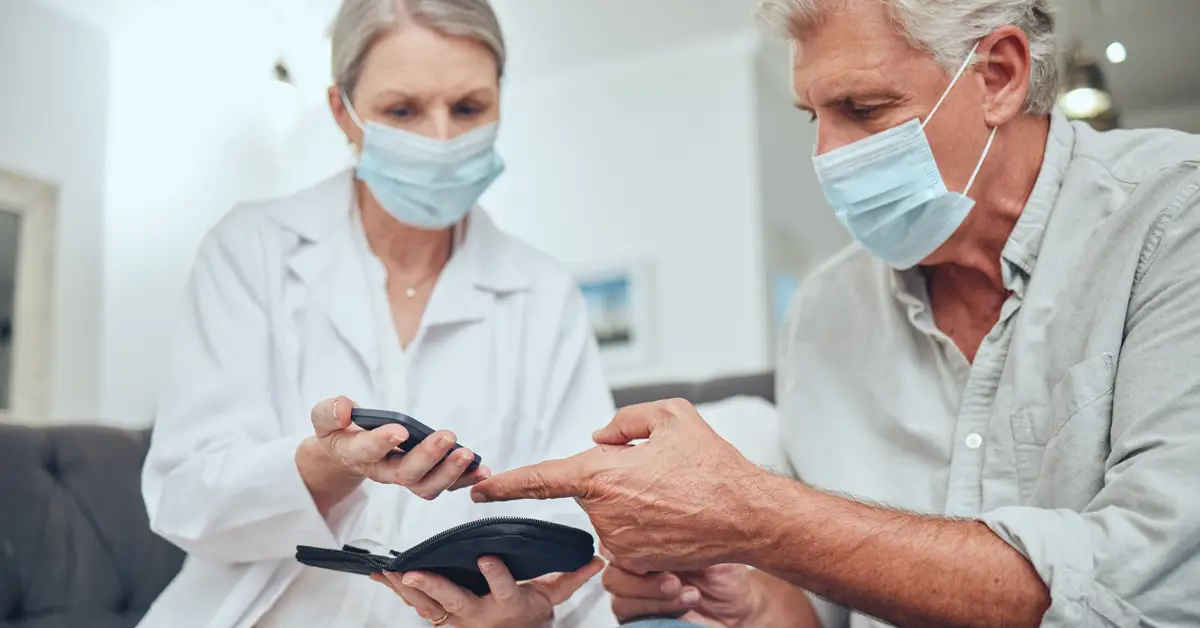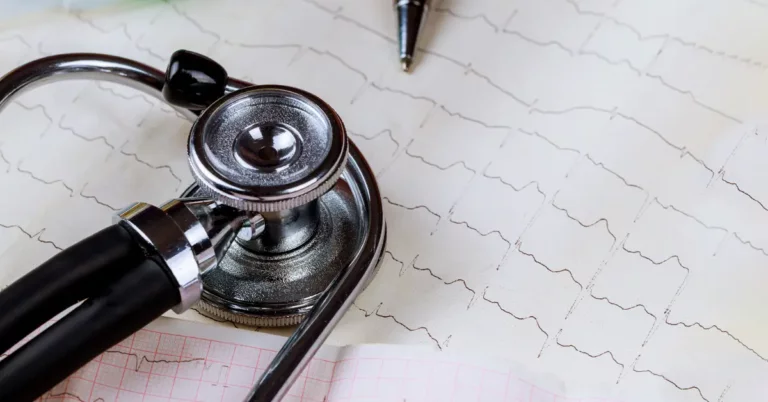The term “brittle diabetes” is used to describe the swings in blood sugar levels experienced by those with type 1 diabetes. Utilizing technology for brittle diabetes management offers a patient-centered approach to controlling this rare and extremely difficult form of diabetes. This method can help reduce labile diabetes swings and improve the quality of life for those who have traditionally been difficult to control.
Explanation of brittle diabetes and its prevalence among people with type 1 diabetes
Brittle diabetes, also known as labile diabetes, is a term used to describe a subtype of type 1 diabetes characterized by unpredictable swings in blood glucose levels, frequent episodes of both hypoglycemia (low blood sugar) and hyperglycemia (high blood sugar), and a hard time to maintain stable blood glucose levels. Brittle diabetes is a rare form of
diabetes, and it is often associated with people with type 1 diabetes, who are dependent on insulin. People with brittle diabetes experience frequent changes in blood glucose levels, which can lead to severe complications, such as diabetic ketoacidosis (DKA) or severe hypoglycemia, and frequent hospitalization.
The causes of brittle diabetes
Some of the potential causes of brittle diabetes include:
- Insulin resistance: People with brittle diabetes may have a harder time controlling their blood glucose levels because of insulin resistance, which is a condition in which the body becomes less sensitive to insulin.
- Psychological issues: Stress, anxiety, and depression may play a role in the development of brittle diabetes by affecting the body’s ability to regulate blood sugar levels.
- Hormonal changes: Hormonal changes, such as those that occur during pregnancy, may affect blood sugar control and lead to brittle diabetes.
- Nerve damage: Damage to the nerves that control the pancreas and other organs can affect insulin secretion and lead to brittle diabetes.
Some of the most common symptoms include:
- Frequent episodes of hypoglycemia (low blood sugar) and hyperglycemia (high blood sugar)
- Unpredictable swings in blood glucose levels
- Difficulty maintaining stable blood glucose levels, despite adjusting insulin doses
- Frequent hospitalization
- Nerve damage that affects the body’s ability to regulate blood sugar levels
- Increased risk of diabetic ketoacidosis (DKA) or severe hypoglycemia
It is important to note that not all people with type 1 diabetes will develop brittle diabetes, and that people with brittle diabetes may also experience other complications of diabetes such as nerve damage, kidney disease, and heart disease.
Treatment options for brittle diabetes
Treatment options for brittle diabetes can vary depending on the individual patient and the severity of their condition. However, some common strategies for managing brittle diabetes include the following:
- Insulin therapy: People with brittle diabetes may require frequent adjustments to their insulin doses in order to maintain stable blood sugar levels. This may include the use of insulin pumps or other forms of automated insulin delivery.
- Continuous glucose monitoring (CGM): CGM devices can provide real-time data on blood sugar levels, which can help patients and healthcare providers make more informed decisions about insulin doses and other diabetes management strategies.
- Medications: Some people with brittle diabetes may benefit from medications such as sulfonylureas, which can help stimulate insulin production, or GLP-1 receptor agonists, which can slow the absorption of glucose from the gut and stimulate insulin production.
- Remote Patient Monitoring: Remote patient monitoring (RPM) is a technology-based system that allows healthcare providers to collect and analyze patient data remotely. Monitoring glucose levels with RPM will help detect unhealthy levels and help patients seek treatment, if needed.
The importance of a patient-centered approach in diabetes management
A patient-centered approach to diabetes management is essential for improving patient outcomes and quality of life. This approach focuses on the unique needs, preferences, and values of the individual patient and empowers them to take an active role in their own care.
Some of the key benefits of a patient-centered approach in diabetes management include:
- Improved patient engagement: When patients are involved in their own care, they are more likely to understand and comply with their treatment plan, which can lead to better blood sugar control and improved health outcomes.
- Better communication: A patient-centered approach promotes open and honest communication between patients and healthcare providers, which can lead to a more effective partnership and better care.
- Tailored treatment plans: A patient-centered approach allows for the development of individualized treatment plans that take into account the patient’s unique needs, preferences, and lifestyle, which can lead to better adherence to treatment and improved outcomes.
- Better self-management: A patient-centered approach empowers patients to take an active role in their own care, which can lead to better self-management skills and improved diabetes outcomes.
- Improved quality of life: A patient-centered approach in diabetes management can lead to better blood sugar control and fewer complications, which can improve overall quality of life for people living with diabetes.
The role of technology in improving brittle diabetes management
Through the use of innovative , technology tools, management of brittle diabetes can be significantly improved Some of the key ways technology is used to improve brittle diabetes management include:
- Remote patient monitoring: Technology allows for the use of remote patient monitoring systems that can collect data on blood sugar levels, insulin doses, and other health metrics, and then transmit that information to healthcare providers. This enables healthcare providers to monitor patients remotely and make adjustments to treatment plans as needed.
- Automated insulin delivery systems: Technology such as insulin pumps and artificial pancreas systems can automatically deliver insulin to patients based on their blood sugar levels, which can help prevent episodes of hypoglycemia and hyperglycemia.
- Continuous glucose monitoring: Continuous glucose monitoring (CGM) devices can provide real-time data on blood sugar levels, allowing patients to make more informed decisions about their insulin doses and other diabetes management strategies.
- Insulin dose calculators: Insulin dose calculators, which are available as apps or online tools, can help patients determine the correct insulin doses based on their blood sugar levels and other factors such as food intake and physical activity.
DrKumo’s Remote Patient Monitoring
DrKumo’s Remote Patient Monitoring (RPM) or remote physiologic monitoring is a leading, state-of-the-art, highly secure RPM service available to patients. DrKumo’s RPM monitors many chronic illnesses, including brittle diabetes. With built-in disease management protocols, DrKumo’s RPM system can easily monitor t patient-generated health data and transfer it to their healthcare provider for diagnosis, assessment and recommendations. DrKumo’s RPM devices allow clinicians to keep track of their patients’ progress and make modifications to their treatment plans, reducing the need for the patient to be readmitted.
How remote patient monitoring works and the benefits of remote patient monitoring for brittle diabetes management
Remote patient monitoring (RPM) is a technology-based system that allows healthcare providers to collect and analyze patient data remotely. It typically involves the use of specialized devices and software that patients can use to collect data on their health status and transmit it to healthcare providers. Here is a general overview of how remote patient monitoring works:
- Data Collection
- Data Transmission
- Data Analysis
- Communication with healthcare coordinator
- Remote Consultation with physician, if needed
Takeaway
Remote patient monitoring (RPM) is an important tool in managing brittle diabetes because it allows healthcare providers to closely monitor patients’ blood sugar levels and make adjustments to treatment plans as needed. It can help prevent episodes of hypoglycemia and hyperglycemia and improve overall blood sugar control, reduce hospitalization, increase patient engagement, provide remote consultation, and present predictive algorithms.
DrKumo technology and services are created by a team of dedicated healthcare professionals and technologists that uses our state-of-the-art technology which is focused on ease-of-use and yet is powered by the most advanced, healthcare-focused artificial intelligence and machine learning to pave the way for Remote Patient Monitoring (RPM). We enable sensor-fusion wireless medical sensors to provide continuous RPM with the use of our mobile app which acquires data from all available physiological sensors and transfers data to the Intelligent Cloud Service.
If you are interested in the latest technology to use when suffering from brittle diabetes, contact us today to find out more.








